The 20th century offered up no shortage of scary movies. Horror proved popular pretty much from the beginning of cinema, and it morphed in step with the culture, getting more realistic, more brutal, more bleak. The scariest films of that era didn’t just make you scream; they destabilized reality. They unsettled, disturbed, lingered. These were movies that crawled under your skin and stayed there.
Scariness is subjective, of course, but this list ranks a diverse collection of movies that stand out with their fear factor. From grainy nightmares and religious trauma to surreal body horror and existential spirals, these ten films represent some of the most terrifying cinematic visions of the last century. Whether you saw them on VHS or late at night on TV, they probably stuck with you.
10
‘Begotten’ (1990)
Directed by E. Elias Merhige

“You with your memory are dead, frozen.” There’s no dialogue. No plot in the traditional sense. Just monochrome carnage, guttural sound design, and imagery that feels ancient and apocalyptic. Begotten opens with a disturbing creation myth—God self-mutilating in a decaying hut—and descends from there into a series of surreal, ritualistic terrors that defy easy interpretation. Shot in high-contrast black and white, every frame feels corroded, like a decaying memory burned into celluloid.
It’s not just scary in the way you expect a horror movie to be. It’s more cosmic and unknowable, akin to stumbling upon a cursed relic from a lost civilization. The fear is the oppressive atmosphere. Begotten doesn’t entertain. It punishes. And it sticks with you. The filmmakers take a big-brain approach too, drawing on mythology, religious iconography, Akira Kurosawa, and Nietzsche (he proclaimed the death of god, after all). This makes it more than just a video nasty.
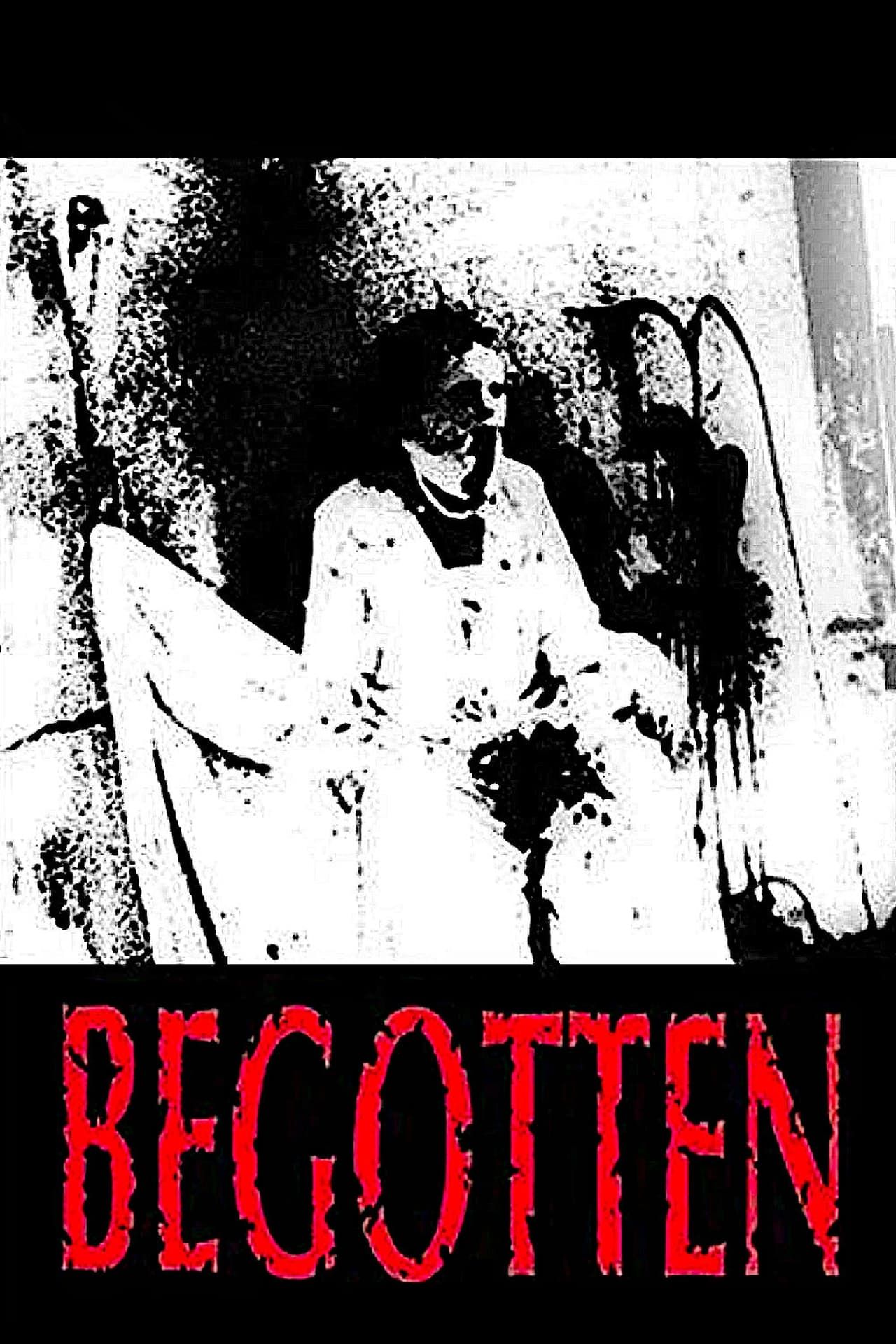
Begotten
- Release Date
-
June 5, 1991
- Runtime
-
72 Minutes
-

Brian Salzberg
God Killing Himself
-

Donna Dempsey
Mother Earth
-

Stephen Charles Barry
Son of Earth
-

9
‘Witchhammer’ (1970)
Directed by Otakar Vávra
“Confess. Or we will find new ways to make you.” This one’s creepy because it pulls from reality. Based on historical witch trials in 17th-century Moravia, Witchhammer traces how religious paranoia can be weaponized into torture, betrayal, and moral collapse. Inquisitors descend on a village, ripping it apart with forced confessions, sexual humiliation, and brutal punishment. Every accusation feels inevitable. Every scene of psychological and physical torment feels real.
Otakar Vávra shoots this descent into mass hysteria with chilling calm, which makes it hit even harder. It’s not just that cruelty is extreme; it’s that it spreads like wildfire, even to people who are otherwise kind. Through them, the movie becomes a statement on the human capacity for repression and violence when given ideological license. Overall, Witchhammer works as a historical horror, a political allegory (it was made in Czechoslovakia during communist rule), and a moral reckoning. It’s bleak, unrelenting, and tragically timeless.
8
‘Event Horizon’ (1997)
Directed by Paul W.S. Anderson
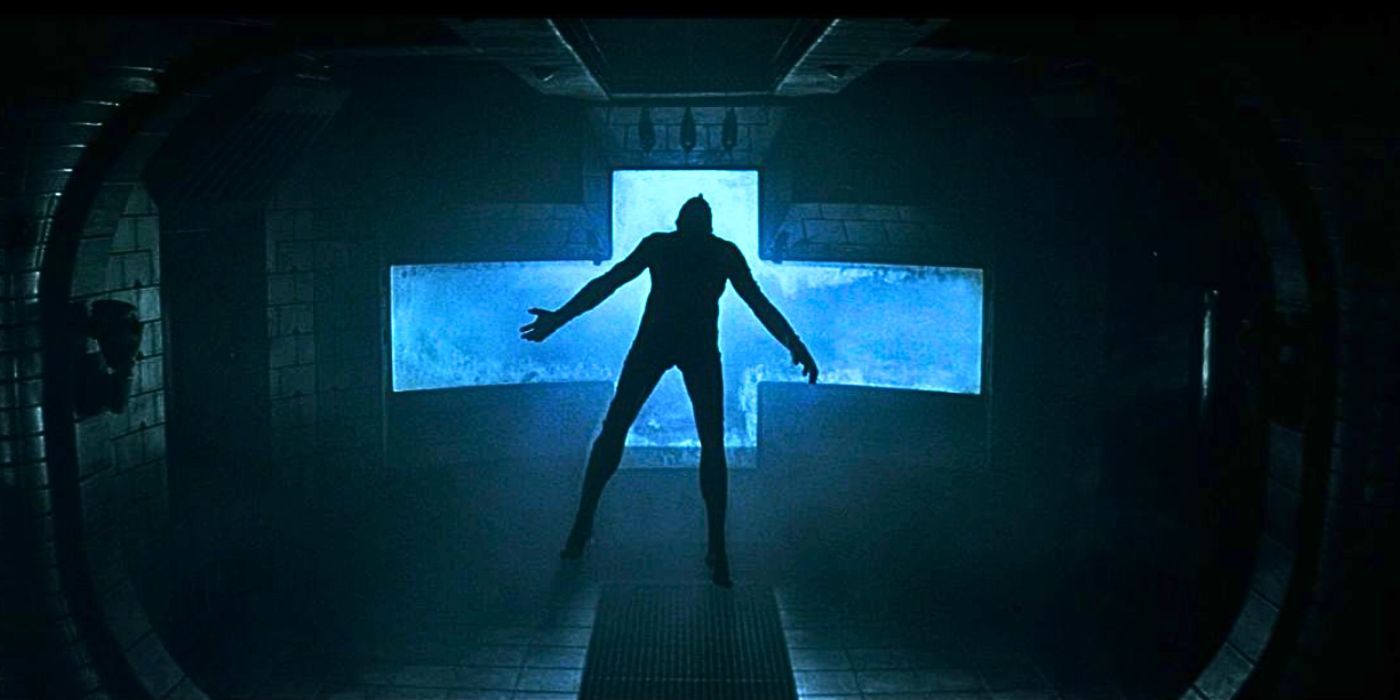
“Where we’re going, we won’t need eyes to see.” When a rescue crew investigates a lost spaceship that reappears near Neptune, they discover it has passed through a gateway to another dimension, one of pure chaos and torment. Now the ship is alive, haunted, and hungry. It’s a simple, killer concept: a spaceship attempts faster-than-light travel and winds up in hell. Event Horizon is cosmic horror masquerading as sci-fi. And while it was panned on release, it’s since earned a reputation for its grisly visuals and suffocating atmosphere.
The haunted ship trope is pushed into psychosexual terror, with characters pursued by their deepest regrets and temptations. The infamous “hell flashbacks” are burned into genre history—a montage of torture and insanity that lasts only seconds but feels eternal. This movie is very creepy and very entertaining, but it’s also got some interesting things about the dangers of scientific hubris and pushing boundaries that ought to be left alone.
7
‘Audition’ (1999)
Directed by Takashi Miike

“You want to know me better, don’t you?” A widower (Ryo Ishibashi) holds fake auditions to find a new wife. In the process, he meets Asami (Eihi Shiina), a quiet, elegant woman with a haunting past. What begins as a meditative drama slowly slips into a nightmare. And when it hits, it hits hard. Takashi Miike builds tension with exquisite patience, letting unease gather like storm clouds. You sense something’s wrong, but you can’t stop watching.
And then the final act detonates into full-blown horror. Audition is infamous for its torture scene, but the psychological buildup is what makes it so devastating. The film traps you in a space where fantasy collapses, and obsession becomes vulnerability. It’s a film that punishes not just the character, but the viewer, for underestimating her. Countless horrors since have taken notes from its slow-burn blueprint, and the entire ‘torture porn’ subgenre owes it a debt of gratitude.
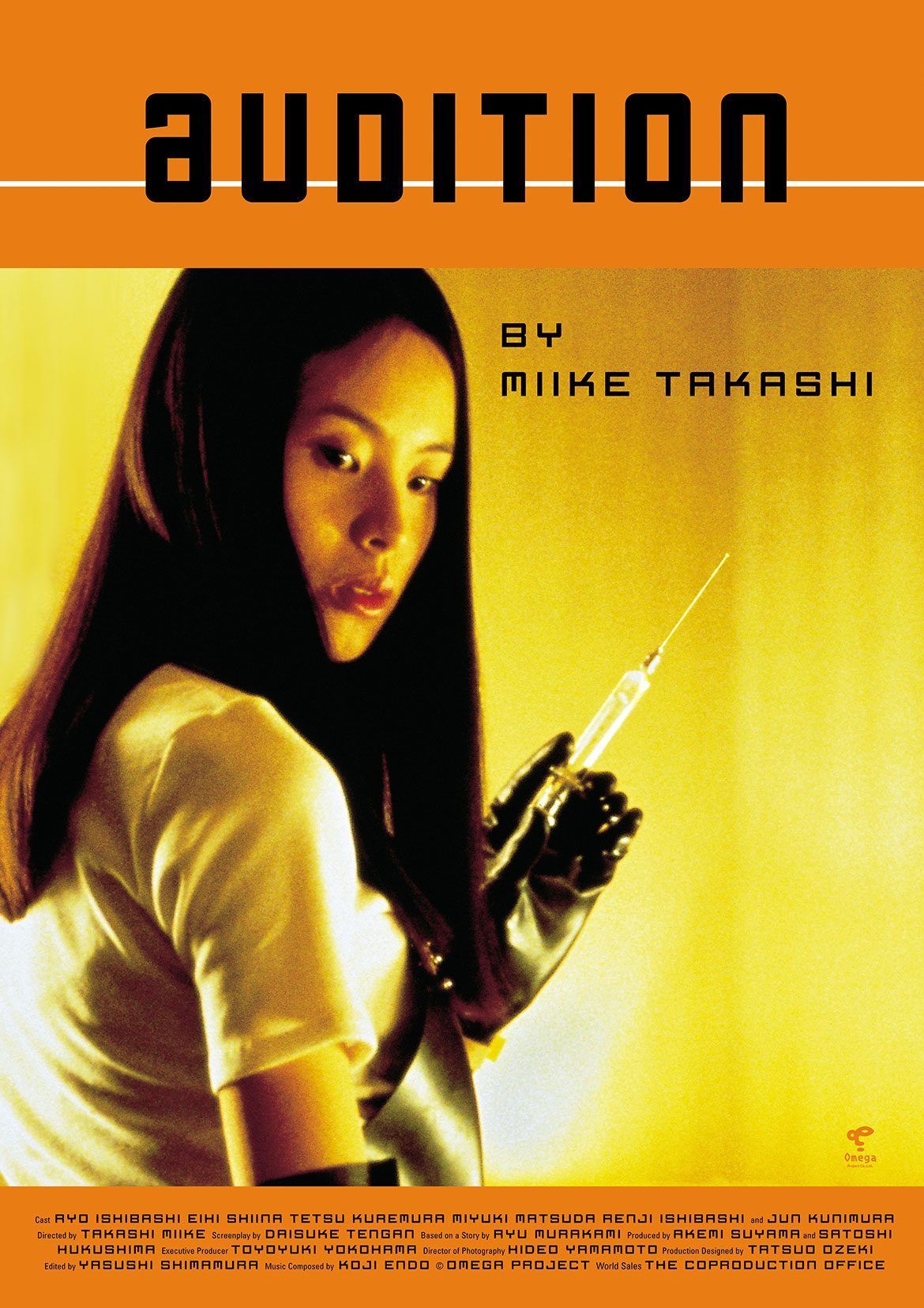
Audition
- Release Date
-
March 3, 2000
- Runtime
-
115 minutes
6
‘Jacob’s Ladder’ (1990)
Directed by Adrian Lyne

“The only thing that burns in Hell is the part of you that won’t let go.” Vietnam veteran Jacob Singer (Tim Robbins) begins experiencing terrifying hallucinations. He sees deformed figures, shifting timelines, and a growing sense that reality is slipping. As he tries to understand what’s happening, the film fragments around him, blending memory, trauma, and spiritual reckoning.
Jacob’s Ladder is psychological horror at its most disorienting. Its grotesque visions influenced a generation of horror, from Silent Hill to Darren Aronofsky. Even The X-Files, The Twilight Zone, and Rick and Morty seem to have borrowed ideas from it. But the movie’s real power lies in how it reflects PTSD and grief. This is existential horror. You’re never sure what’s real, and neither is Jacob. By the end, it reveals itself as something profoundly spiritual and sad. Much of the film’s success is due to the committed, believable performance from the always-great Robbins. Skip the inferior remake; the original still holds up.
5
‘Tesis’ (1996)
Directed by Alejandro Amenábar
“Some people just want to watch death.” Before Open Your Eyes, director Alejandro Amenábar crafted this freaky, self-aware little gem. A film student (Ana Torrent) researching violence in media stumbles upon a snuff film in her university archives and soon finds herself pulled into a secret world of voyeurism, complicity, and death. As she investigates further, it becomes clear the danger isn’t just academic, but intimately real.
From here, Tesis walks a razor-thin line between thriller and horror, but its subject matter and escalating dread make it one of the most terrifying Spanish films of the era. It implicates the viewer, asking why we watch violence and what we’re willing to excuse. The film-within-a-film aesthetic blurs reality, and the fear comes not from ghosts or slashers, but from something disturbingly human. Perhaps most of all, Amenábar weaponizes curiosity. Every frame asks: how much is too much to look at? And when do we become complicit?
4
‘The Shining’ (1980)
Directed by Stanley Kubrick
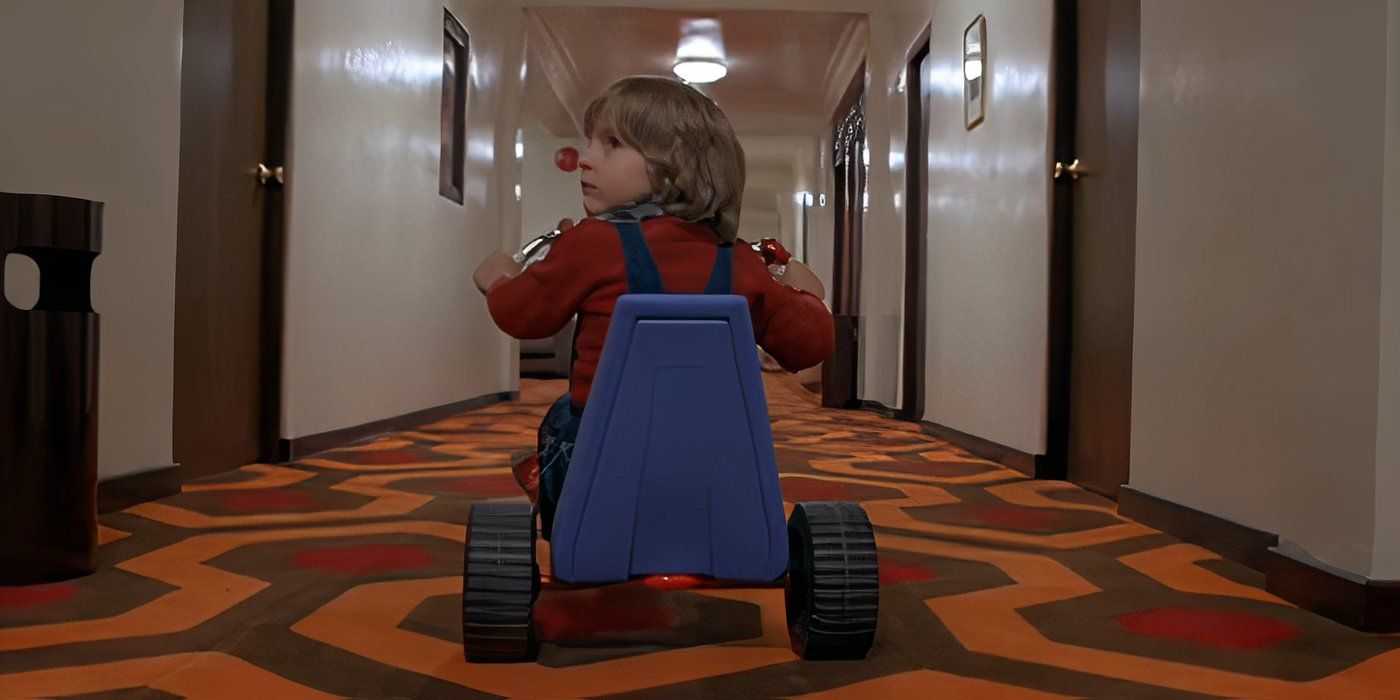
“All work and no play makes Jack a dull boy.” Jack Torrance (Jack Nicholson), a frustrated writer and recovering alcoholic, takes a job as the winter caretaker of the isolated Overlook Hotel. Alongside him are his wife (Shelley Duvall) and son (Danny Lloyd). As the snow traps them inside, something ancient in the hotel begins to work on Jack—and then through him. It begins with alcoholism and marital tension, and it ends with mazes, axes, waves of blood, and that thing in the bathroom.
The Shining is a masterpiece of slow, psychological horror. Stanley Kubrick dials up the unease with labyrinthine sets, impossible geometry, and cold, hypnotic direction. Every hallway feels too long. Every conversation too quiet. Nicholson‘s performance is iconic, but it’s the film’s sense of inevitable madness that truly terrifies. The Overlook is more than haunted; it’s a character, an entity feeding off trauma and time. The result is a film that isn’t just scary. It gets in your bones.
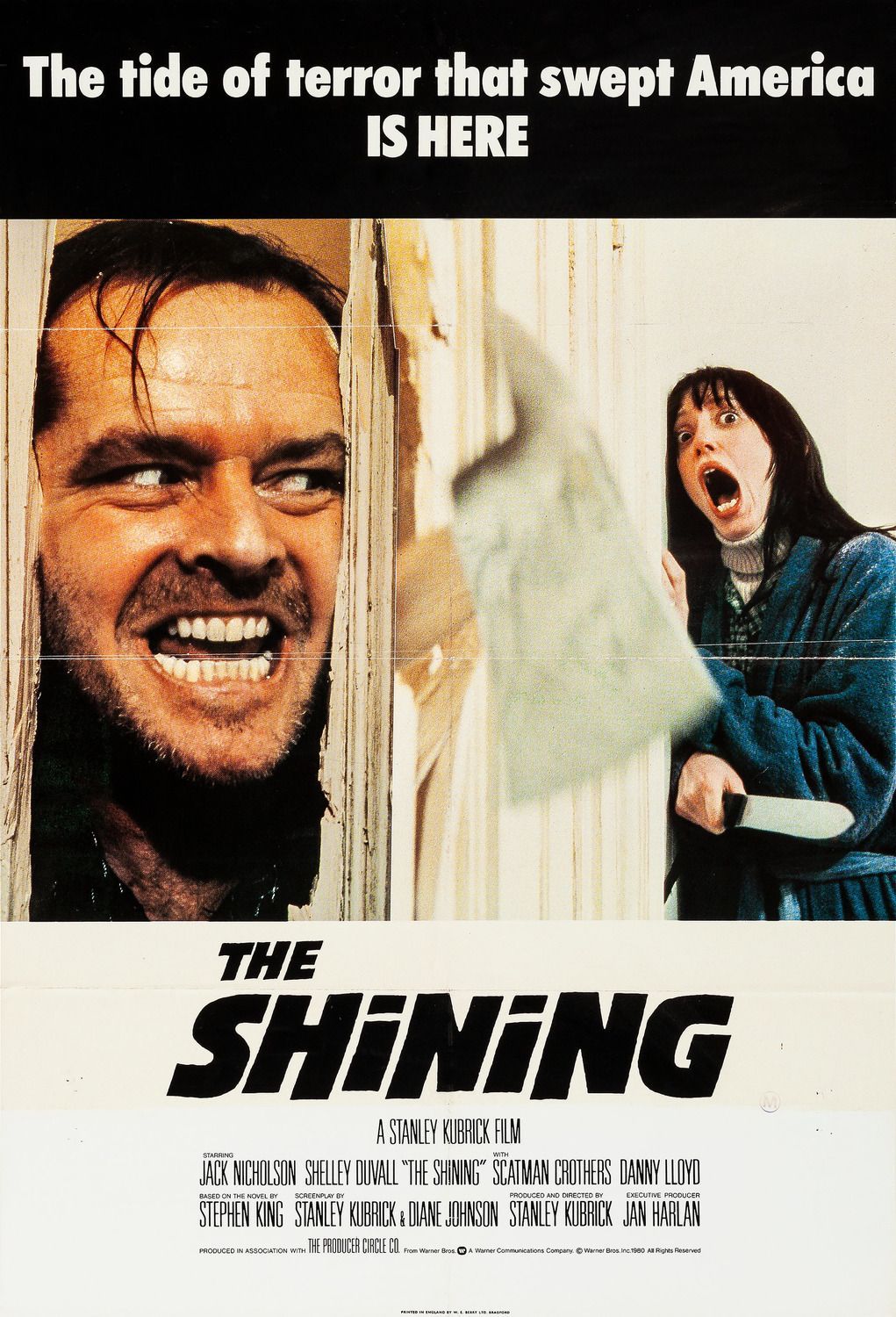
The Shining
- Release Date
-
June 13, 1980
- Runtime
-
146 minutes
3
‘Ringu’ (1998)
Directed by Hideo Nakata
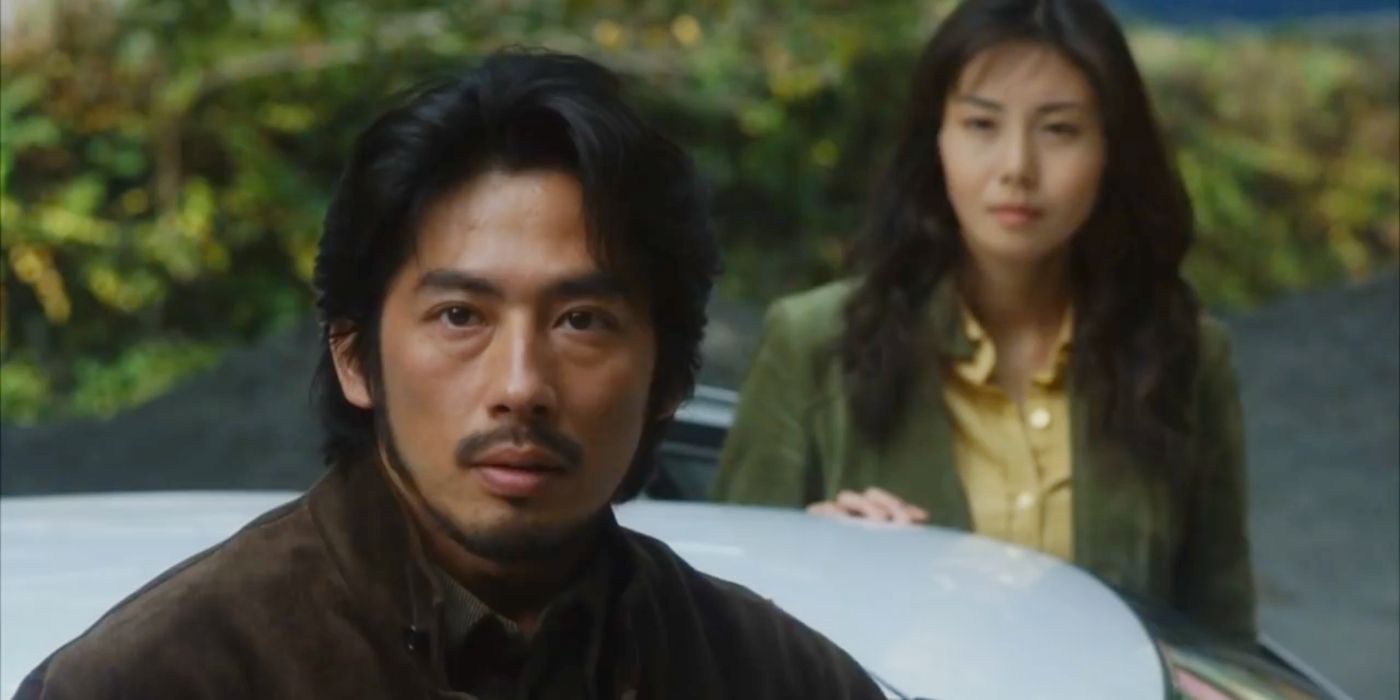
“Seven days.” Sometimes the scariest conceits are the simplest. A cursed videotape. Watch it, and a spectral girl climbs out of your TV screen to kill you a week later. A journalist (Nanako Matsushima) investigates this urban legend, uncovering the tragic history of the girl and racing against time to save herself and her son. With this bare-bones setup, Ringu practically reinvented horror at the turn of the century, blending ghost story with cursed media in a way that felt eerily modern.
The fear is slow, cold, and insidious. There are no loud jump scares. Just static, silence, and that final image of Sadako emerging from the screen, wet hair dragging. It’s one of the most iconic horror moments in history, endlessly parodied, ferociously copied. But more than that, Ringu introduced a kind of dread that felt digital, viral, and inescapable. The American remake is great too, but this was the start of J-horror’s global wave, and it’s arguably still unmatched.
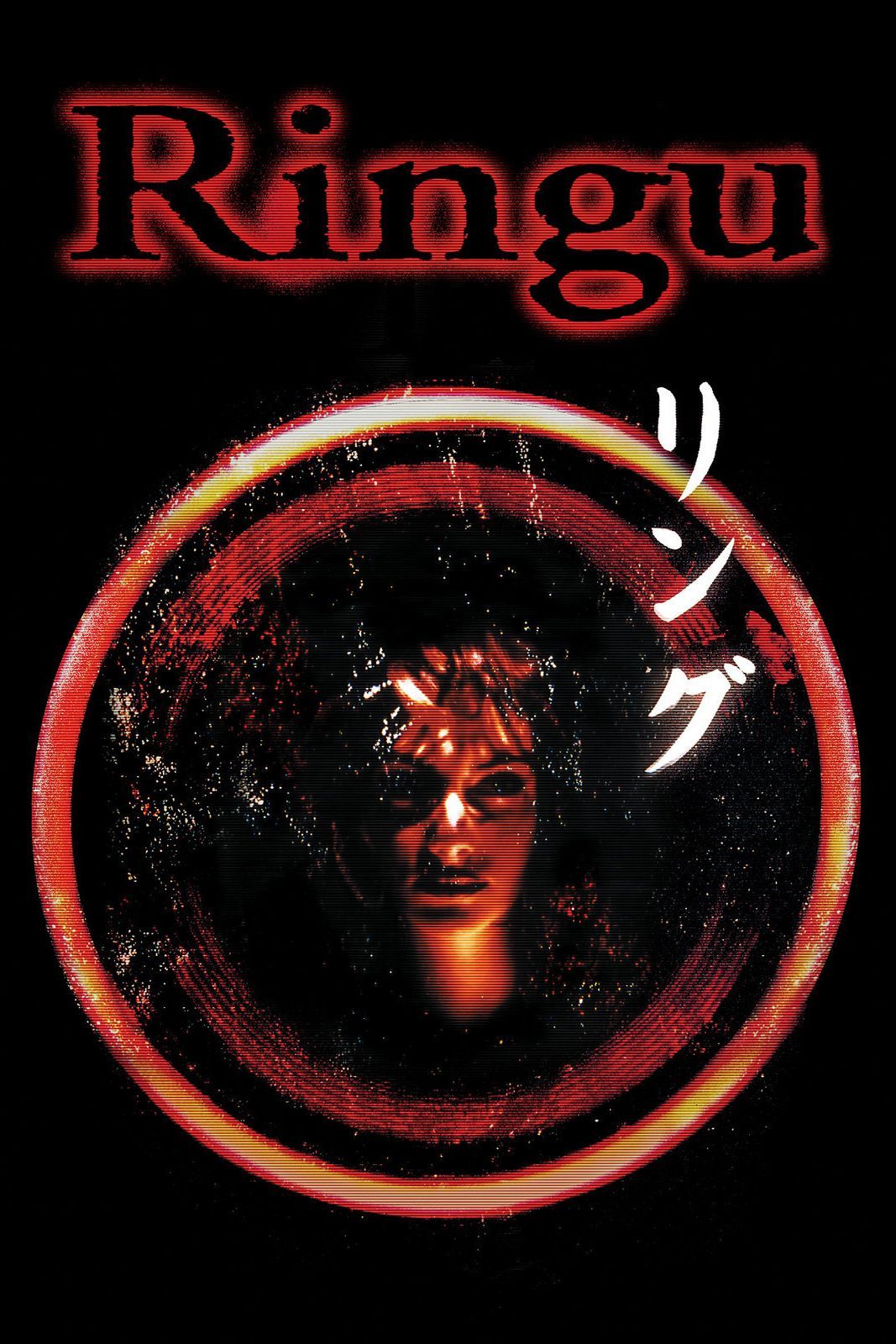
Ringu
- Release Date
-
January 31, 1998
- Runtime
-
95 Minutes
2
‘The Texas Chain Saw Massacre’ (1974)
Directed by Tobe Hooper
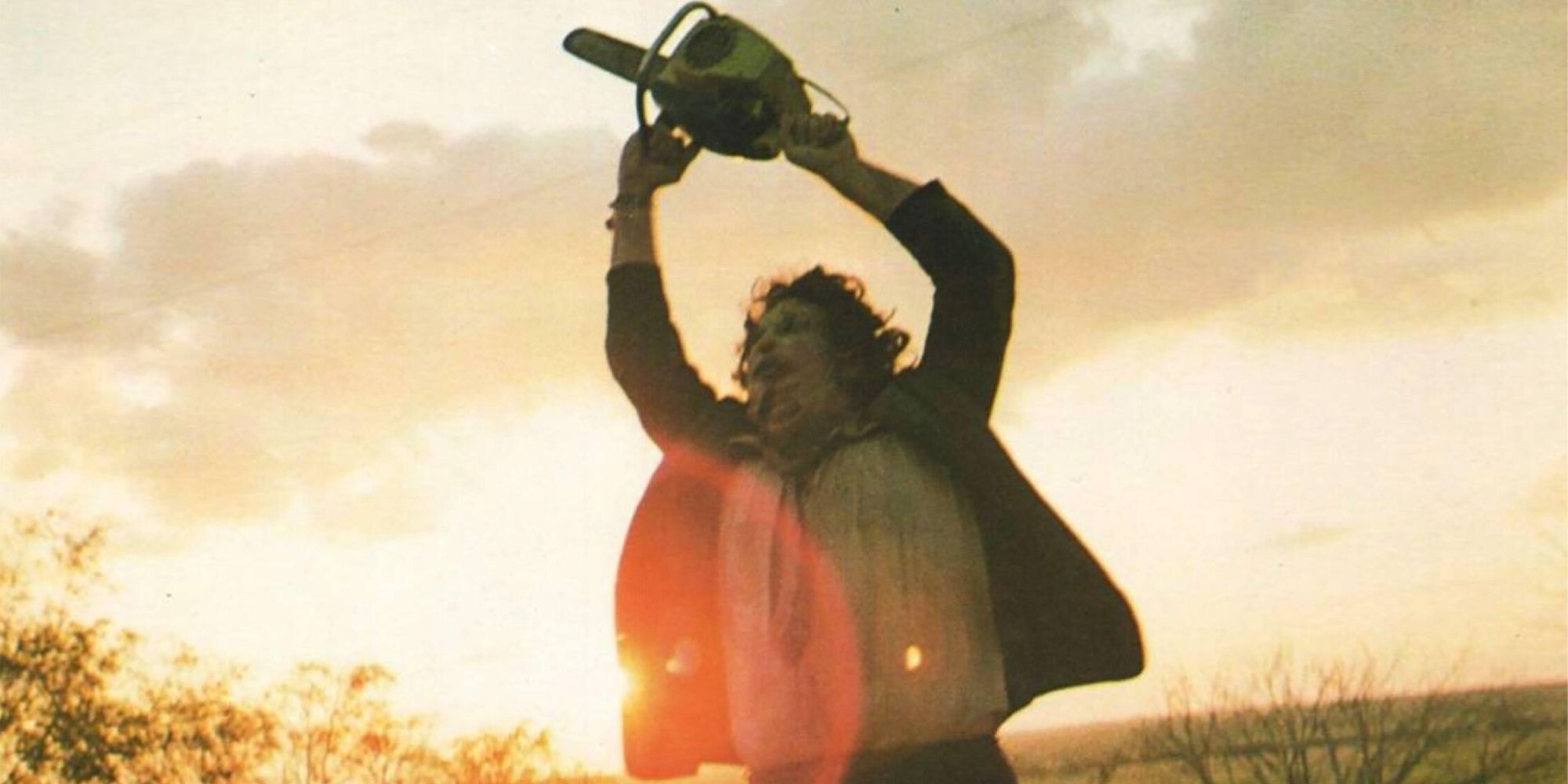
“Who will survive, and what will be left of them?” Another simple premise, expertly executed. Here, a group of friends on a road trip stumble upon a derelict house. Inside waits a family of cannibals, including the now-iconic Leatherface. What follows is a grimy, sweaty, screaming nightmare that never lets up. Tobe Hooper shot this film like a documentary from hell. The daylight makes it worse: everything feels exposed, raw, and too real.
The violence is shocking, and the sound design truly gets under your skin: metal doors slamming, chainsaws buzzing, screams echoing off farmhouse walls. The whole thing feels dusty and raw in a way that few modern horrors do. The Texas Chain Saw Massacre is a panic attack in film form. It strips away comfort, logic, even music. What’s left is pure survival horror, brutal and unrelenting. It’s the perfect horror for its era, where disillusionment and malaise were pervasive.
1
‘The Exorcist’ (1973)
Directed by William Friedkin

“The power of Christ compels you!” The scariest horror of the 20th century is also one of the classiest. When young Regan (Linda Blair) begins to speak in tongues and levitate, her mother enlists two priests to perform an exorcism. This triggers a harrowing battle between faith and evil, innocence and possession. Based loosely on real events (supposedly), The Exorcist struck a nerve worldwide. William Friedkin directs with brutal realism, grounding the supernatural in a clinical world. The result is disorienting. The scares work because they feel possible.
Blair’s performance as the possessed child is legendary, from the projectile vomiting to the head turning to the spider walk to that scene with the crucifix. Yet this movie is more than a collection of twisted visuals. Really, it’s a crisis of belief. Of medicine failing. Of a mother watching her daughter disappear. Ultimately, The Exorcist is about confronting the void, and what happens when we realize we’re powerless to stop it.
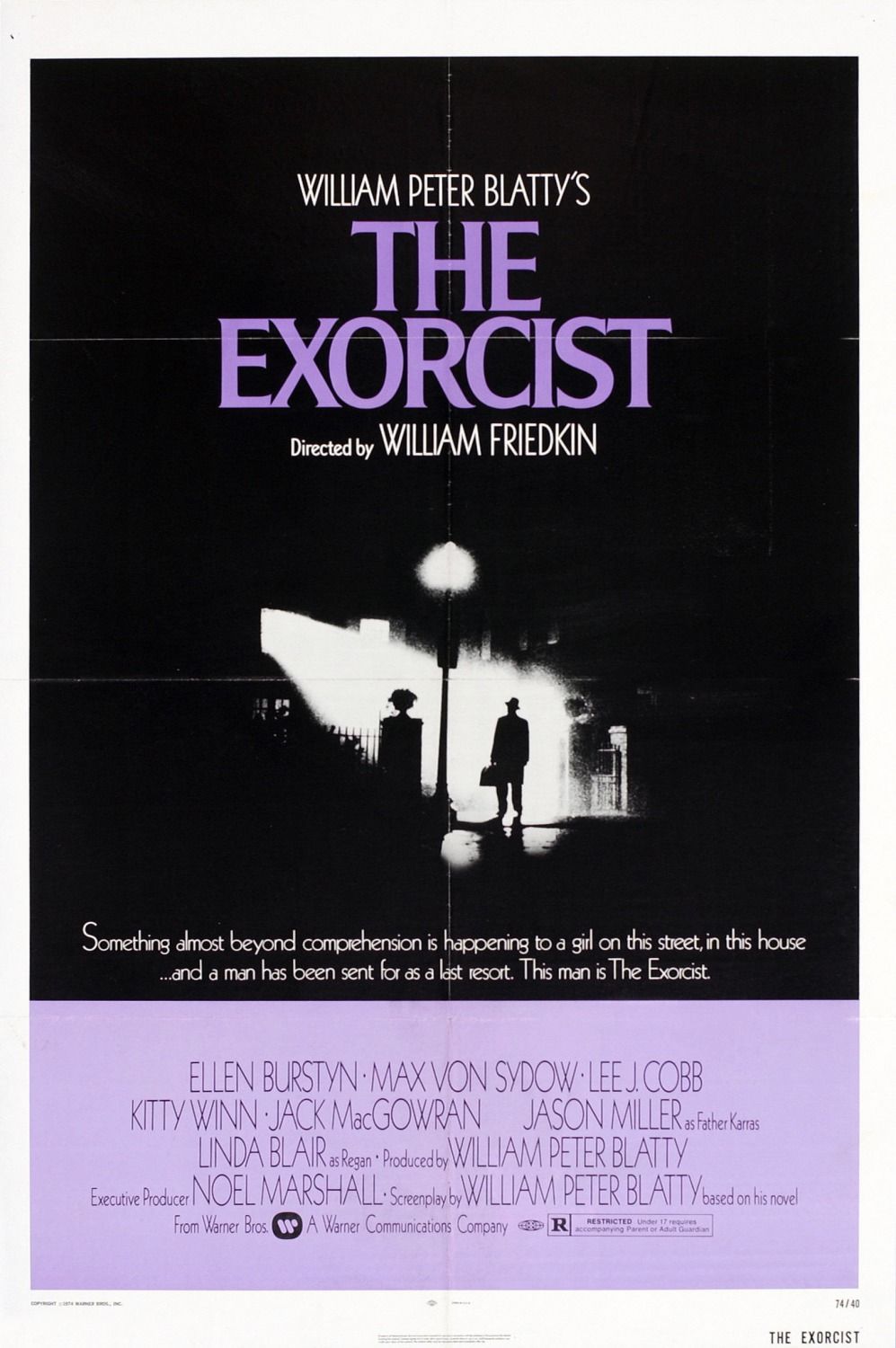
The Exorcist
- Release Date
-
December 26, 1973
- Runtime
-
122 minutes
- Writers
-
William Peter Blatty
- Prequel(s)
-
Exorcist: The Beginning, Dominion: Prequel to The Exorcist
NEXT: 10 Gothic Horror Movies That Are Bangers From Start to Finish



